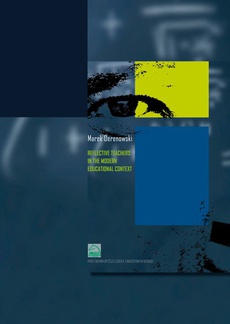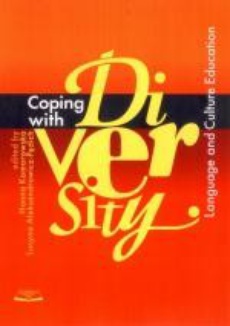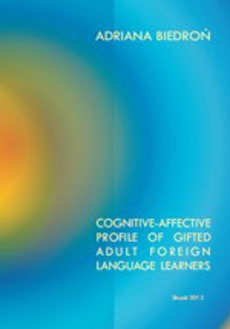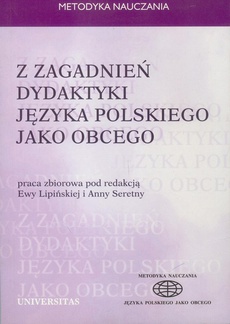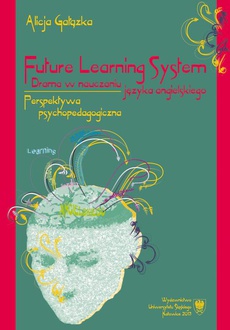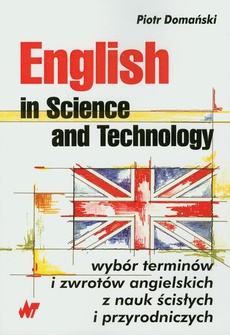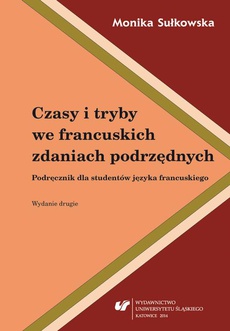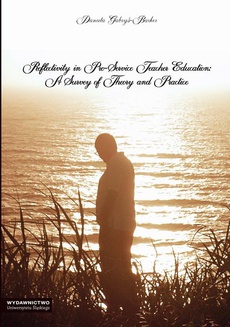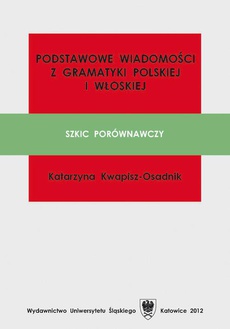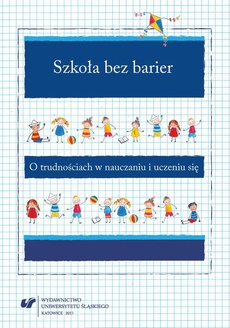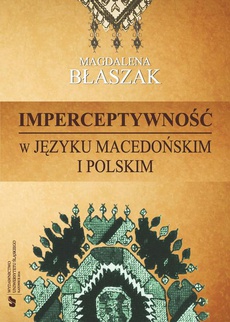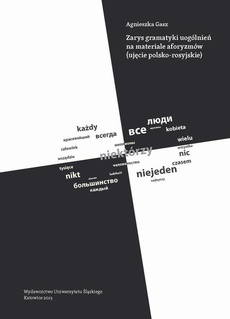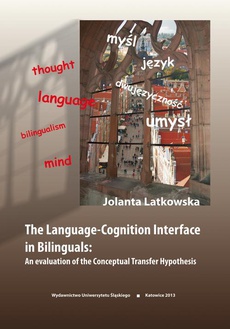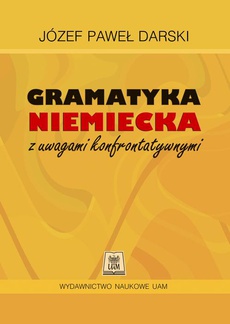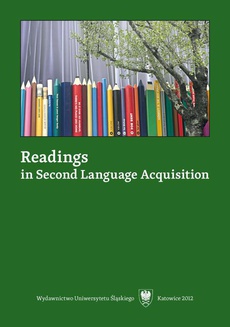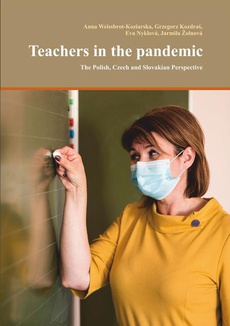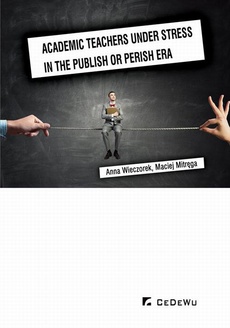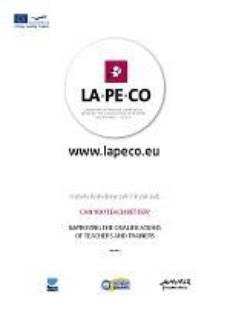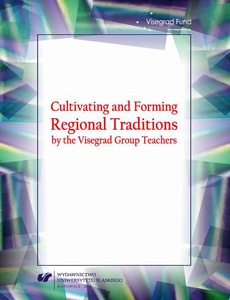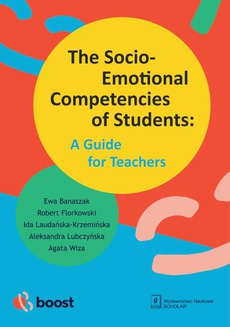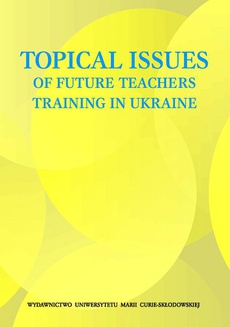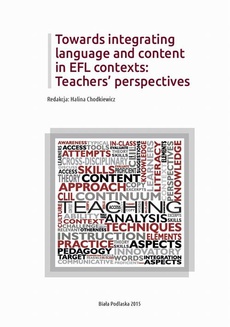POLECAMY
Reflective teachers in the modern educational context
Autor:
Wydawca:
Format:
pdf, ibuk
Publikacja ma na celu zapoznanie czytelników ze specyfiką pracy nauczyciela, a także z procesem rozwijania refleksyjności nauczycielskiej. Opisuje zmieniającą się rolę nauczyciela w klasie i przedstawia wybrane formy rozwoju zawodowego nauczycieli. Jeden z rozdziałów poświęcony został badaniom dotyczącym rozwijania refleksyjności nauczycielskiej, opartych na dziennikach nauczycielskich. Całość może stanowić doskonałe uzupełnienie kursu metodycznego dla studentów, a także funkcjonować jako materiał pomocny przy pisaniu pracy dyplomowych i magisterskich.
| Rok wydania | 2012 |
|---|---|
| Liczba stron | 198 |
| Kategoria | Dydaktyka języków obcych |
| Wydawca | Wydawnictwo PWSZ w Koninie |
| ISBN-13 | 978-83-88335-75-4 |
| Numer wydania | 1 |
| Język publikacji | polski |
| Informacja o sprzedawcy | ePWN sp. z o.o. |
Ciekawe propozycje
Spis treści
| INTRODUCTION | 7 |
| CHAPTER 1. THE CHANGING ROLE OF THE TEACHER | 13 |
| 1.1 The nature of roles | 13 |
| 1.2. Methodology and the teachers’ roles | 14 |
| 1.3. Teacher-centerdness vs. learner-centerdness | 14 |
| 1.4. Cultural dimensions of teachers roles | 19 |
| 1.4.1. Teacher roles in Western culture | 20 |
| 1.4.2. Teacher roles in Eastern culture | 21 |
| 1.5. An overview of teacher’s roles in various language teaching methods | 22 |
| 1.5.1. Teacher centered methods | 24 |
| 1.5.1.1. Grammar Translation method | 24 |
| 1.5.1.2. Direct method | 26 |
| 1.5.1.3. Audiolingual method | 27 |
| 1.5.2. Learner centered methods | 28 |
| 1.5.2.1. Community Language Learning | 29 |
| 1.5.2.2. Suggestopedia | 30 |
| 1.5.2.3. The Silent Way | 31 |
| 1.5.2.4. Total Physical Response | 32 |
| 1.5.2.5. Natural Approach | 33 |
| 1.5.2.6. Communicative Language Teaching | 34 |
| 1.6. Teacher roles in the contemporary classroom | 36 |
| 1.6.1. Teacher roles reflecting institutional factors | 36 |
| 1.6.2. Roles reflecting the influence of attitudes and beliefs | 37 |
| 1.6.3. Roles reflecting a personal view of teaching | 38 |
| 1.6.4. The teachers’ roles determined by their personal views | 38 |
| 1.7. Diversity of roles and their characteristics | 39 |
| 1.7.1. Motivator | 40 |
| 1.7.2. Controller | 40 |
| 1.7.3. Assessor | 42 |
| 1.7.4. Organizer | 42 |
| 1.7.5. Prompter | 43 |
| 1.7.6. Participant | 44 |
| 1.7.7. Resource | 44 |
| 1.7.8. Tutor | 45 |
| 1.7.9. Counselor | 45 |
| 1.7.10. Facilitator | 47 |
| CHAPTER 2. DESCRIBING TEACHERS AND TEACHING | 49 |
| 2.1. Models of language teacher education | 49 |
| 2.1.1. The craft model | 49 |
| 2.1.2. The applied science model | 50 |
| 2.1.3. The reflective model | 51 |
| 2.2. Teching strategies | 54 |
| 2.2.1. The intarlingual vs. crosslingual strategy | 54 |
| 2.2.2. The analytic vs. experiential strategy | 58 |
| 2.2.3. The explicit vs. implicit strategy | 62 |
| 2.3. Teacher beliefs | 64 |
| 2.3.1. Beliefs about learners | 66 |
| 2.3.2. Beliefs about learning | 68 |
| 2.3.3. Beliefs about language teaching | 69 |
| 2.3.4. Beliefs about themselves | 70 |
| 2.3.5. Beliefs about language teaching as a profession | 71 |
| 2.3.6. Beliefs about the program and the curriculum | 72 |
| 2.4. Teacher decision making | 73 |
| 2.4.1. Planning related decisions | 73 |
| 2.4.2. Interactive decisions | 74 |
| 2.4.3. Evaluative decisions | 74 |
| 2.5. Professional competences of a teacher | 75 |
| 2.6. Good language teacher | 77 |
| 2.6.1. Interactive skills | 78 |
| 2.6.2. Pedagogical skills | 80 |
| 2.6.3. Language skills | 81 |
| 2.6.4. Dydactic skills | 82 |
| 2.7. Effective teaching | 83 |
| 2.8. Teacher’s motivation | 86 |
| 2.8.1. The definition of motivation to teach | 86 |
| 2.8.2. Teacher motivation and social contextual influences | 87 |
| 2.8.3. Negative influences on teacher motivation | 89 |
| 2.8.3.1. Stress | 89 |
| 2.8.3.2. Restricted autonomy | 90 |
| 2.8.3.3. Insufficient self-efficacy | 91 |
| 2.8.3.4. Lack of intellectual challenge | 91 |
| 2.8.3.5. Inadequate career structure | 92 |
| 2.8.4. The motivation of language teachers | 93 |
| 2.8.5. The Pygmalion effect | 94 |
| 2.9. Professional burnout | 96 |
| 2.9.1. Causes of stress and professional burnout | 96 |
| 2.9.2. Maslach’s theory of burnout | 98 |
| 2.9.3. Psychosocial determinants and correlatives of burnout | 103 |
| 2.9.3.1. Sociodemographic variables | 103 |
| 2.9.3.2. Personality and individual variables | 104 |
| 2.9.3.3. Variables connected with work and its organization | 106 |
| 2.10. Professional development | 107 |
| 2.10.1. Defining professional development | 107 |
| 2.10.2. Professional and personal development | 109 |
| 2.10.3. Professional development and commitment | 109 |
| 2.10.4. Reasons for teacher development | 110 |
| 2.10.4.1. Institutional perspective | 110 |
| 2.10.4.2. Personal perspective | 111 |
| 2.10.5. Teacher’s education and development and their influence on education service | 112 |
| 2.10.6. Professional development vs. career promotion | 113 |
| CHAPTER 3. THE PROCESS OF BECOMING A REFLECTIVE TEACHER | 117 |
| 3.1. The concept of reflective teaching | 118 |
| 3.2. Thinking about reflective teaching | 119 |
| 3.2.1. The idea of reflection | 120 |
| 3.2.2. Critical reflection | 120 |
| 3.3. Different approaches to reflective teaching | 121 |
| 3.3.1. Technical Rationality | 121 |
| 3.3.2. Reflection-in-action | 122 |
| 3.3.3. Reflection-on-action | 122 |
| 3.3.4. Reflection-for-action | 122 |
| 3.3.5. Action research | 123 |
| 3.4. A process for reflection | 125 |
| 3.5. Reflective development | 126 |
| 3.5.1. Exploring through observation | 126 |
| 3.5.2. Exploring through action research | 131 |
| 3.5.3. Exploring through supervisor | 132 |
| 3.5.4. Exploring through journal writing | 134 |
| 3.5.4.1. What is a journal? | 134 |
| 3.5.4.2. The reasons for journal writing | 135 |
| 3.5.4.3. Journal writng skills | 136 |
| 3.5.4.4. Journal writing strategies | 137 |
| 3.5.4.5. What do teachers write about? | 138 |
| 3.5.4.6. Different types of journals | 139 |
| 3.5.4.7. Types of responses | 141 |
| CHAPTER 4. DIALOGUE JOURNAL AS A MEANS OF INCREASING TEACHERS’ REFLECTIVITY – STUDY | 145 |
| 4.1. Aims of the research | 145 |
| 4.2. Study questions | 146 |
| 4.3. Study design | 147 |
| 4.4. The instruments | 147 |
| 4.5. Subjects | 147 |
| 4.6. The results of the study | 148 |
| 4.7. Conclusions | 171 |
| 4.8. Suggestions for further study | 173 |
| BIBLIOGRAPHY | 177 |
| APPENDIX 1 | 189 |
| APPENDIX 2 | 191 |
| APPENDIX 3 | 193 |
| APPENDIX 4 | 195 |
| APPENDIX 5 | 197 |

